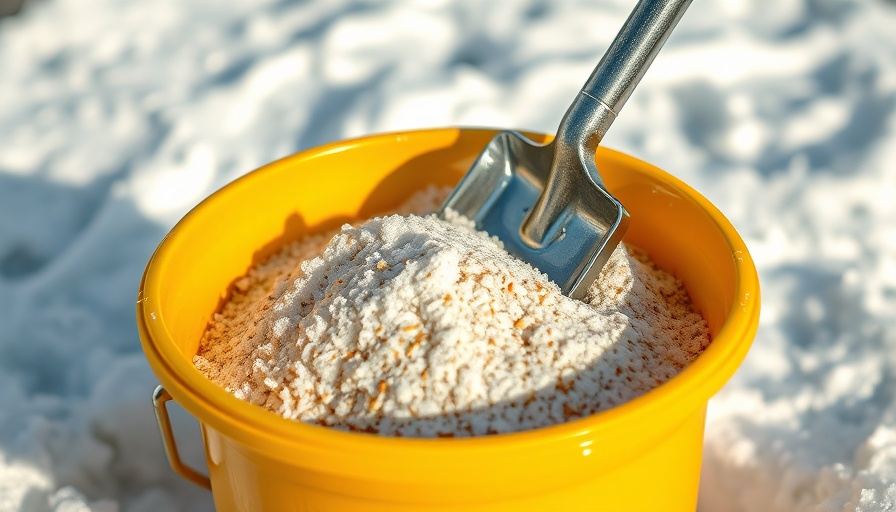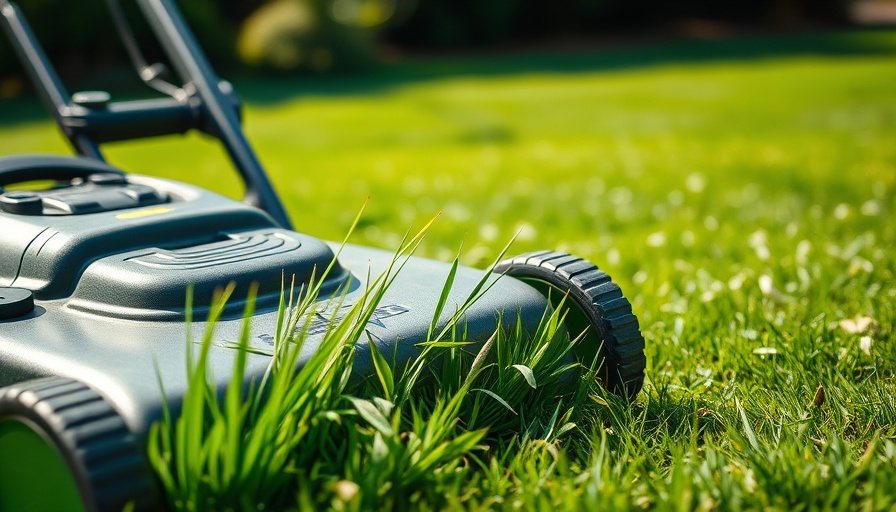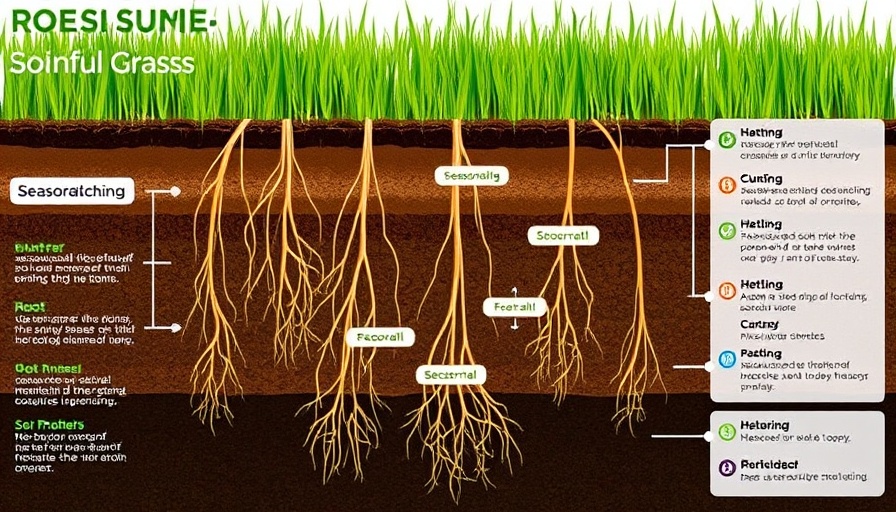
Revive Your Lawn: Here's How to Cure Salt Damage with Simple Steps
Understanding the Impact of Salt on Your Lawn
During winter, using ice melt solutions is essential for keeping pathways safe. However, these solutions often contain salt, which poses a significant threat to your grass. Accumulation of sodium or chloride in your lawn can cause "physiological drought," a condition where salt draws necessary moisture from your grass blades and roots, leading to dehydration. As a result, the grass may appear brown and wilt despite having adequate water in the soil. Besides dehydration, high salt levels create toxicity problems, affecting your lawn's ability to absorb water and nutrients and ultimately lowering the plant's defenses against diseases. Common signs include brown patches along hard surfaces like driveways and roads.
Six Essential Steps to Restore Salt-Damaged Grass
Repairing salt damage requires a systematic approach. Here's a step-by-step guide:
- Leach Salts Out: Begin by thoroughly soaking the affected areas with a garden hose, replicating rainfall to wash salt below the root zone.
- Use Gypsum: This mineral can help displace sodium ions from the soil, improving soil structure and root health.
- Remove Damaged Grass: Carefully rake out dead grass to make room for new growth.
- Topdress Bare Spots: Fill in bare areas with a nutrient-rich soil layer to promote healthy grass regrowth.
- Overseed Areas: Once the soil is prepared, reseed the damaged spots to accelerate recovery and enhance turf density.
- Monitor and Maintain: Regularly check the lawn's progress and adjust your care routines as necessary to ensure a full recovery.
Why Knowing This Can Save Your Lawn
Understanding and tackling salt damage effectively can drastically improve your lawn’s health. Knowing how to repair salt damage helps prevent long-term lawn issues and promotes lush, healthy grass. A healthy lawn not only enhances aesthetic appeal but also provides a vibrant outdoor space for activities, contributing to better property value.
Additional Tips for Lawn Care Enthusiasts
Lawn care doesn’t stop at salt damage repair. Regular maintenance, such as proper fertilization and watering, is essential. Consider seasonal aeration to improve soil structure, and always opt for weather-appropriate grass species. Rotating chores like mowing, edging, and trimming ensures well-balanced growth across all seasons, keeping your lawn robust and thriving year-round.
These insights not only help treat salt damage but enrich your overall approach to lawn care, ensuring you maintain a pristine landscape.
 Add Row
Add Row  Add
Add 


 Add Row
Add Row  Add
Add 

Write A Comment